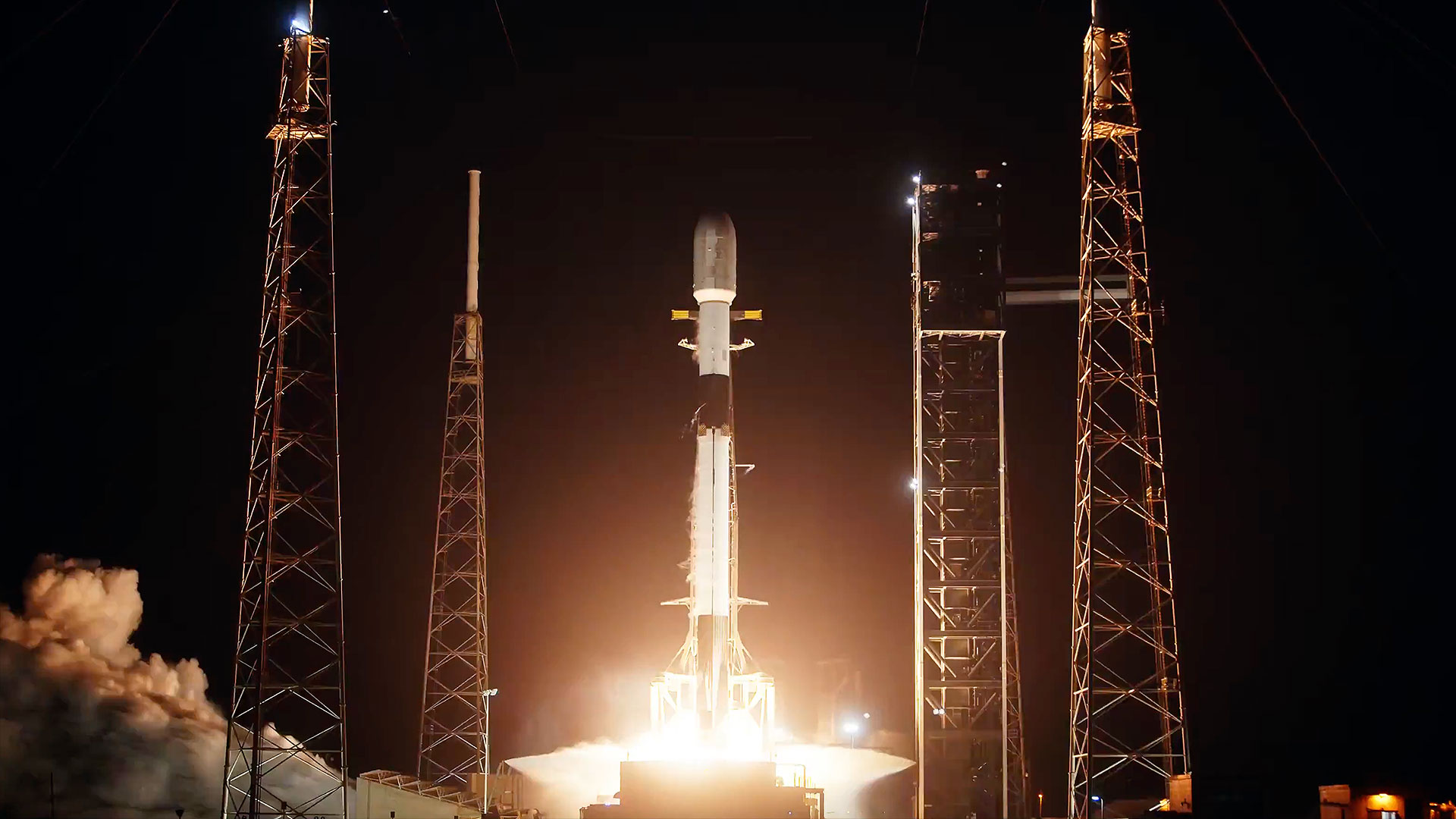Watch two monster black holes merge into one in this intricate NASA simulation (video)
Astrophysicists dream of one day truly seeing a merger between two giant black holes, rather than merely painting its portrait based on how it affects surrounding matter.
To improve the odds of someday doing just that, scientists have enlisted computers to develop ever-more-intricate simulations of what black holes look like, particularly as they merge. The researchers can then translate those super complicated simulations, some of which NASA has just released, into predictions of what signatures might be detectable, and by what instruments.
"We probably will never find a binary black hole with a telescope until we simulate them to the point we know exactly what we're looking for, because they're so far away, they're so tiny, you're going to see just one speck of light," Jeremy Schnittman, an astrophysicist at NASA's Goddard Space Flight Center in Maryland who is working on the simulation research, said in a NASA statement. "We need to be able to look for that smoking gun."
Related: Watch monster black holes dance in this mesmerizing NASA animation
Hence the simulations, the results of computers crunching vastly complex equations about how matter behaves in the strange circumstances that surround two merging supermassive black holes.
Unlike stellar-mass black holes, which form from a collapsing star, supermassive black holes typically reside at the center of galaxies and can have masses millions or billions of times that of our sun. The supermassive black hole at the heart of our Milky Way, called Sagittarius A*, has a mass of 4 million suns.
"We're trying to seamlessly and correctly glue together different codes and simulation methods to produce one coherent picture," Bernard Kelly, an astrophysicist at the University of Maryland and collaborator on the project, said in the same statement.
Breaking space news, the latest updates on rocket launches, skywatching events and more!
In those simulations, each of the black holes is surrounded by a spherical shell of gas, and the pair itself is surrounded by a more distant ring connected to the two spherical shells by curved trails of gas. The magnetic and gravitational forces surrounding the black holes heat the gas up, causing it to glow in ultraviolet light and X-rays.
Related: Why black holes are the scariest things in the universe
Once the basic simulation is complete, scientists can change factors to see how the merger's signal would change. That process helps researchers understand how the amount of gas involved in the merger and the angle at which scientists observe it modulate the observations telescopes would gather of any such collision.
For example, the simulations show that, when seen from the edge of the disk around the merger, one black hole will create an eyebrow-like feature alongside its companion because of how the clumps of glowing gas interact. The researchers hope to use this work with future projects like the Laser Interferometer Space Antenna mission that the European Space Agency aims to launch next decade.
"We've been relying on light to see everything out there," Scott Noble, also an astrophysicist at Goddard working on the simulation research, said in the same statement. "But not everything emits light, so the only way to directly 'see' two black holes is through the gravitational waves they generate. Gravitational waves and the light from surrounding gas are independent ways of learning about the system, and the hope is that they will meet up at the same point."
Email Meghan Bartels at mbartels@space.com or follow her on Twitter @meghanbartels. Follow us on Twitter @Spacedotcom and on Facebook.

Meghan is a senior writer at Space.com and has more than five years' experience as a science journalist based in New York City. She joined Space.com in July 2018, with previous writing published in outlets including Newsweek and Audubon. Meghan earned an MA in science journalism from New York University and a BA in classics from Georgetown University, and in her free time she enjoys reading and visiting museums. Follow her on Twitter at @meghanbartels.

